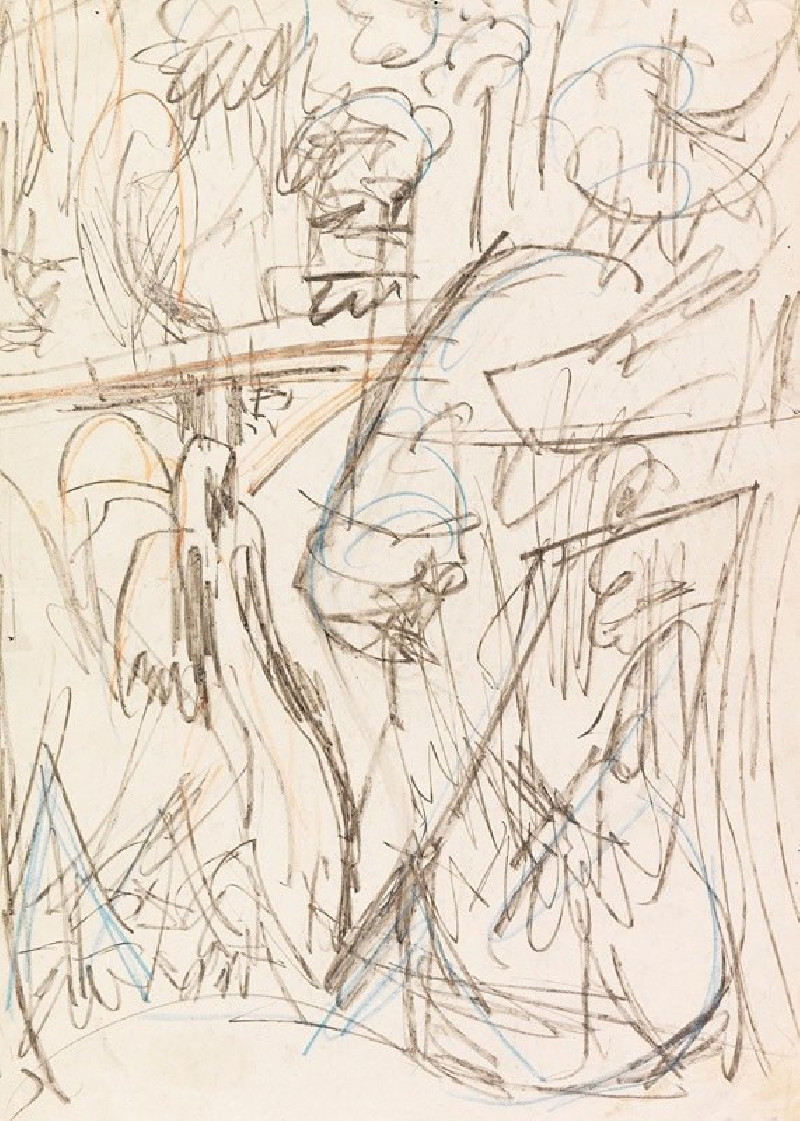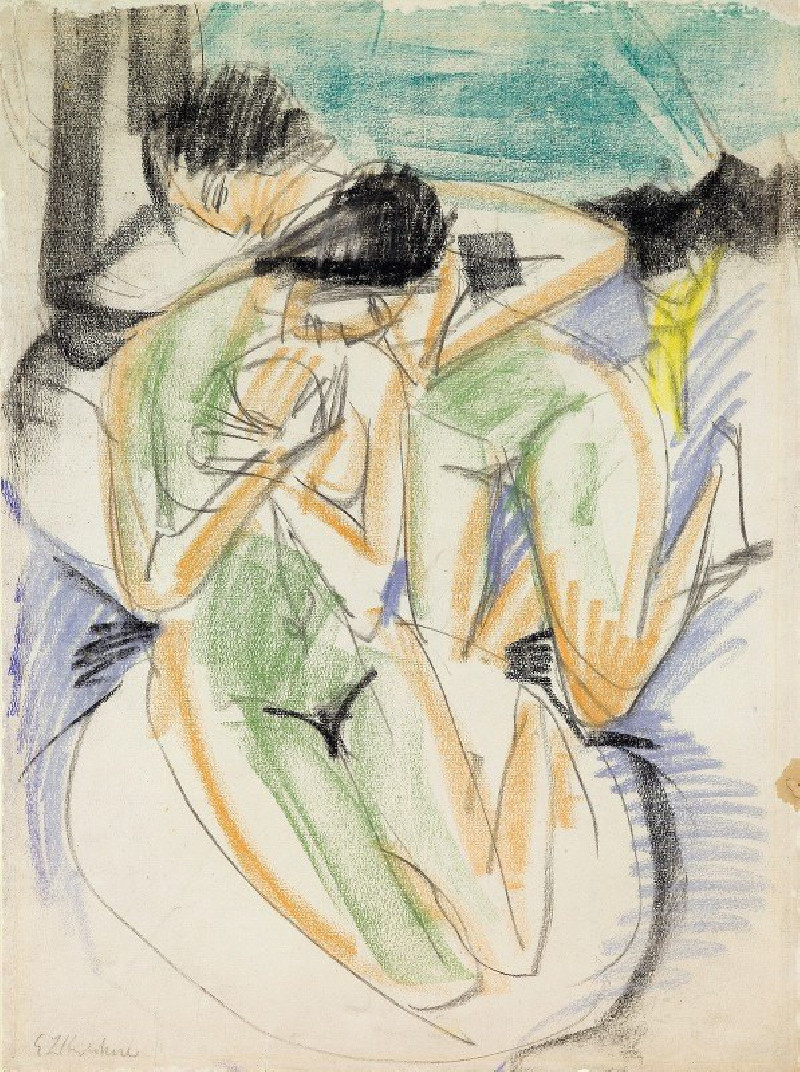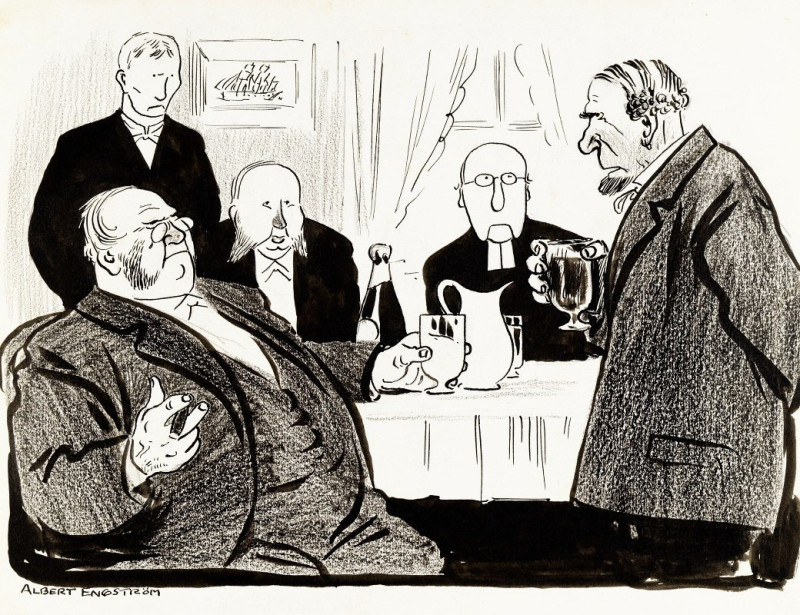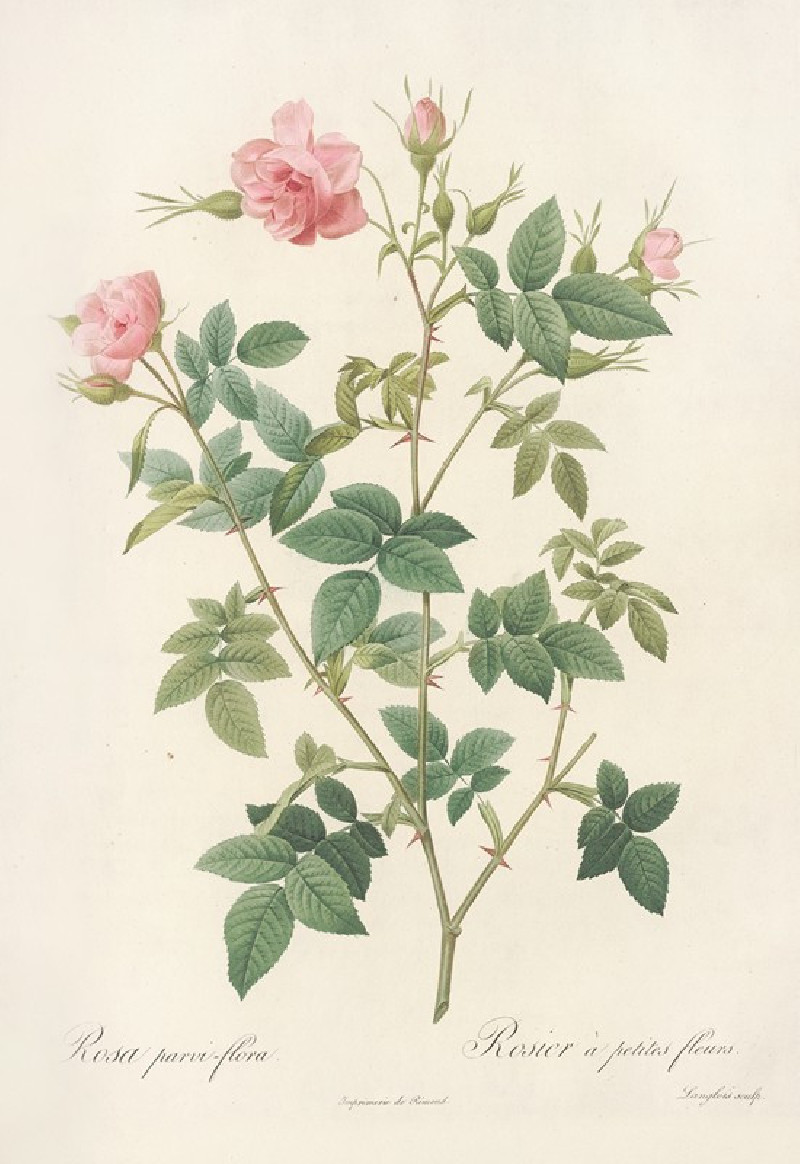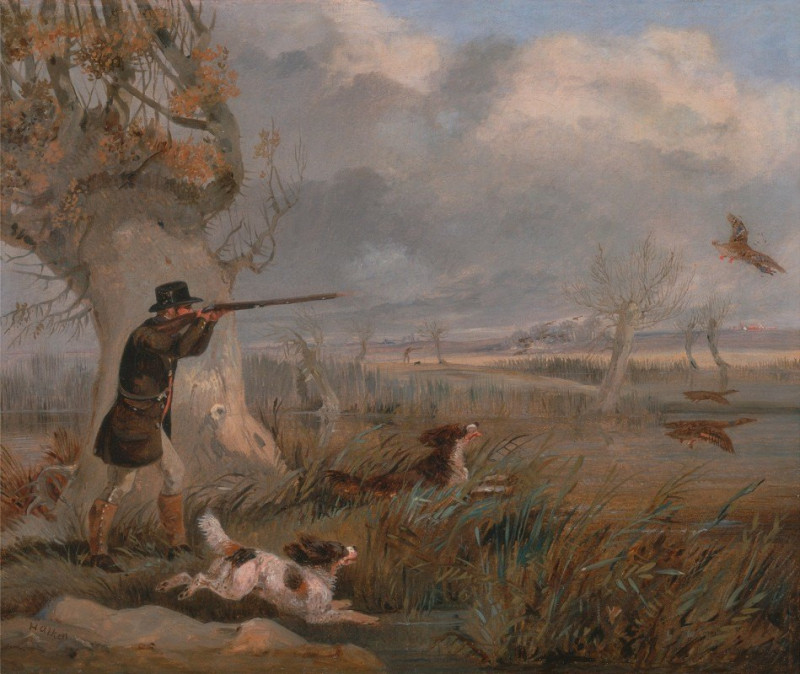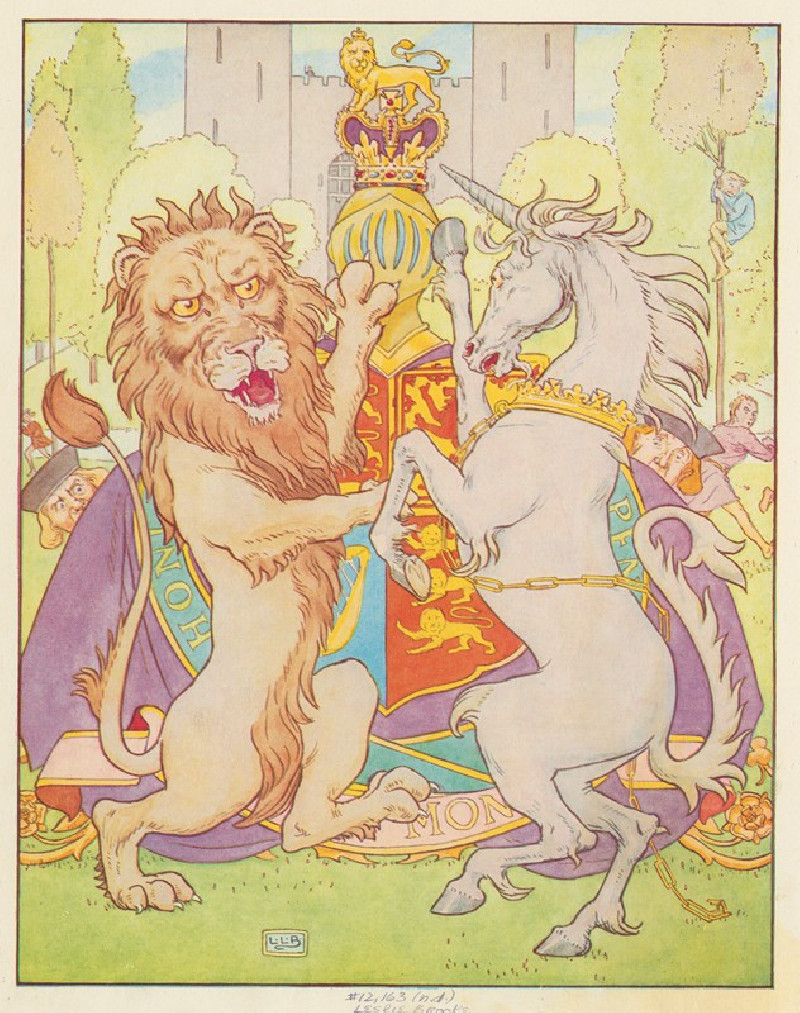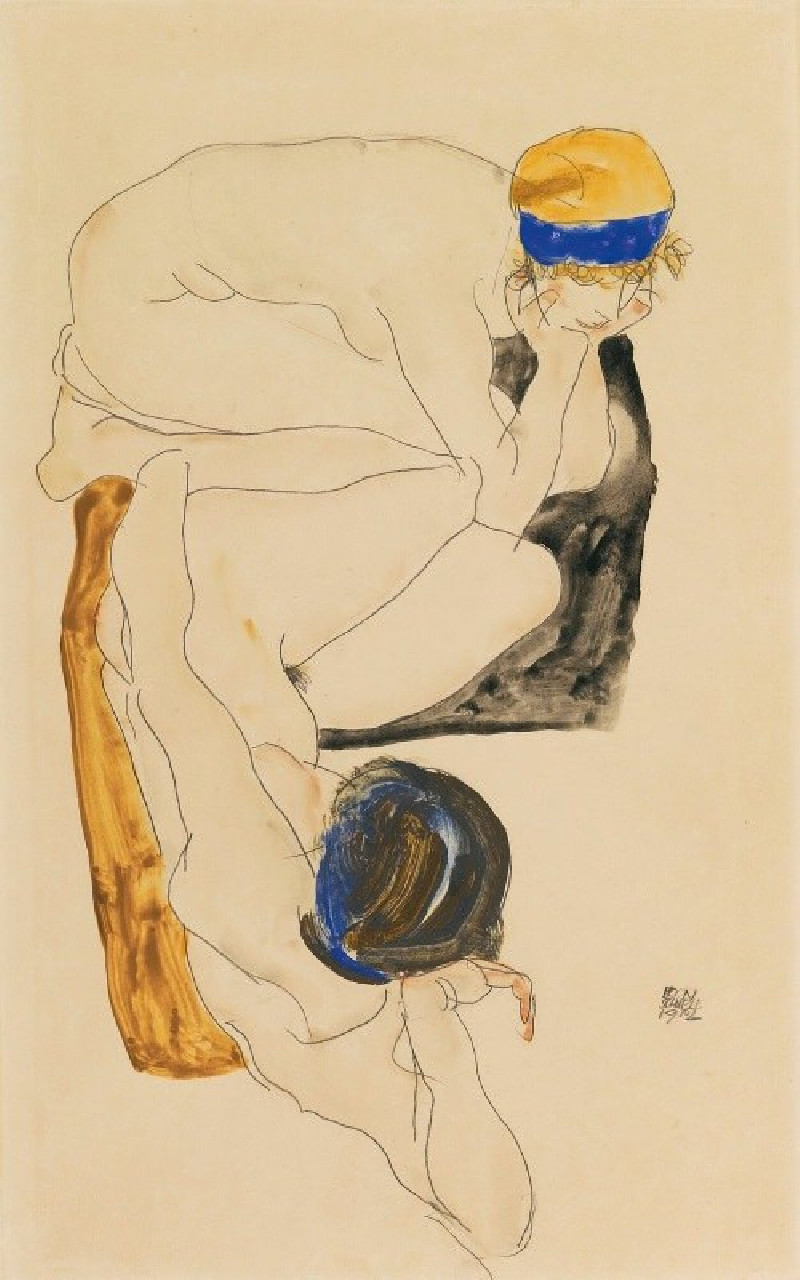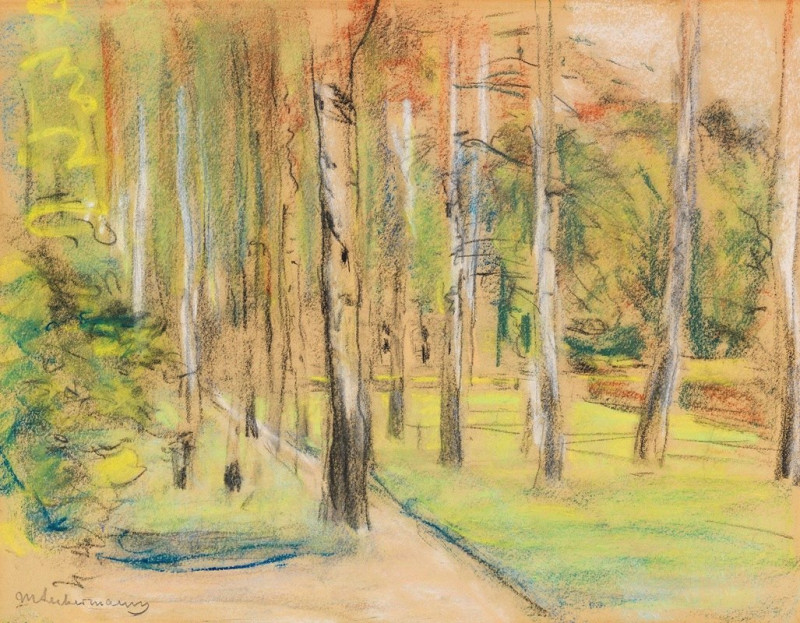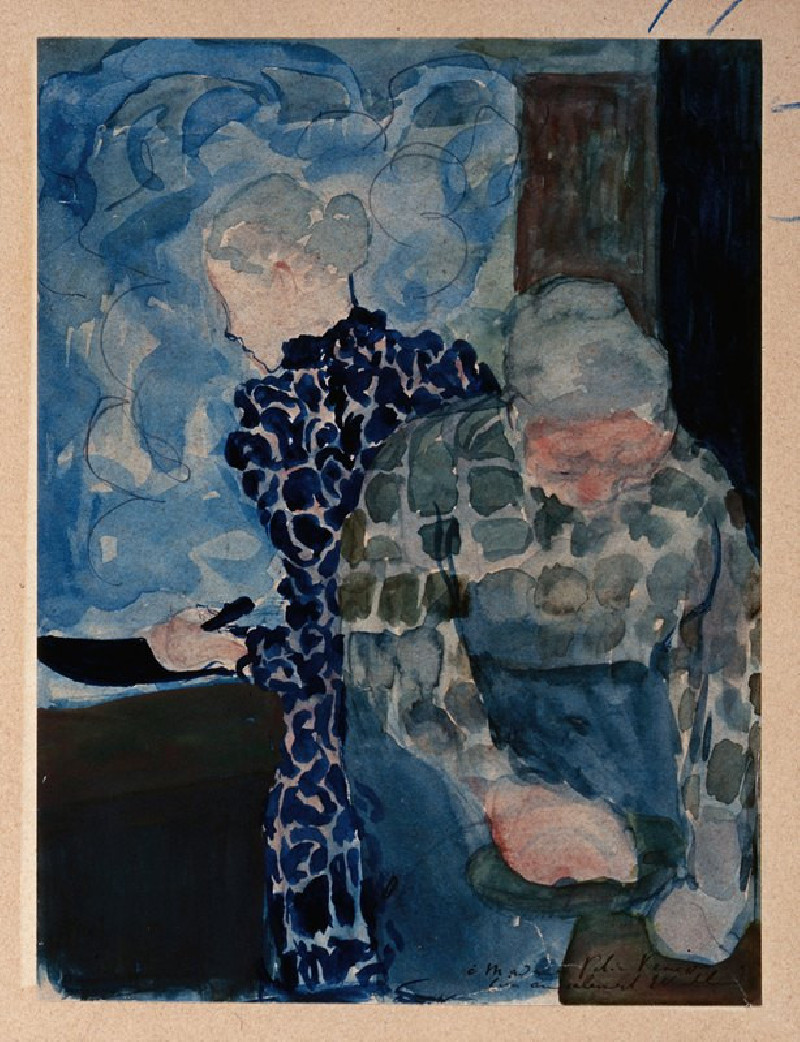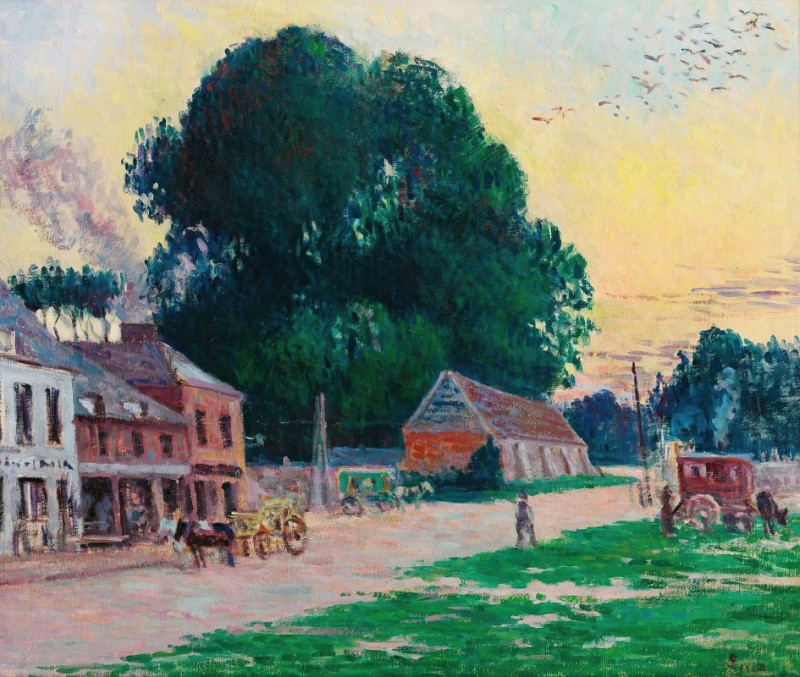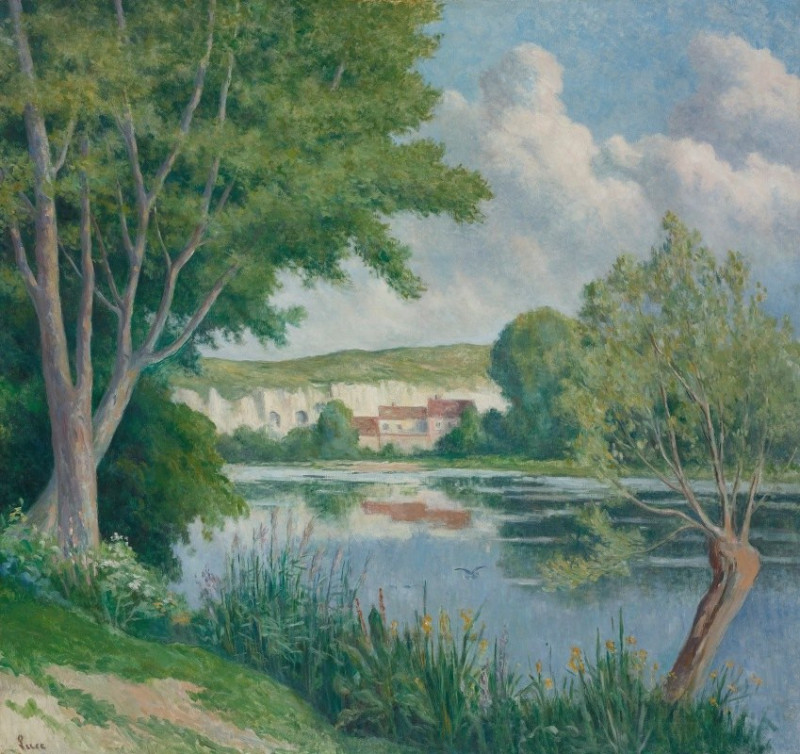Brücke im Wald bei Königstein (1916)
Technique: Giclée quality print
Recommended by our customers
More about this artwork
Ernst Ludwig Kirchner's "Brücke im Wald bei Königstein" (1916) captivates with its expressive, dynamic composition, marked by a vigorous application of pencil strokes. This preliminary sketch, hinting at a bridge amidst a forest setting near Königstein, showcases Kirchner's raw artistic energy and his unique approach to capturing nature.In the artwork, the forest is not merely a serene backdrop but a lively, almost chaotic cluster of lines and forms. The sketch suggests trees rendered with quick, sweeping lines that convey movement and turbulence, perhaps reflective of the artist's emotional state or the turmoil of the world around him during the period of World War I. The central motif of the bridge—interpreted here through simplistic, yet bold strokes—serves as a structural anchor within the whirl of natural elements, bridging the tangible and the abstract in Kirchner's portrayal of the woodland.This piece is a fascinating study of form and spontaneity, offering a glimpse into Kirchner's process of abstraction. The use of minimal color highlights, with subtle blues breaking through the dominance of graphite, adds a layer of depth, suggesting perhaps the coolness of the forest air or the fleeting shadows within."Brücke im Wald bei Königstein" provides an intimate look at how Kirchner, a leading figure of the Expressionist movement, deconstructed and reassembled the shapes and essences of the natural world.
Delivery
Returns
Ernst Ludwig Kirchner (1880–1938) was one of the most important German Expressionist painters. He was a co-founder of Die Brücke, a group of German expressionist artists formed in Dresden in 1905. Die Brücke and Kirchner took inspiration from Vincent Van Gogh and Edvard Munch, as well as African and Oceanic art. They used woodblock printing as a medium to showcase their signature style: flat, unrealistic images with vivid colors. The recurring themes in Kirchner's artworks included exotic cultures, faraway landscapes, self-portraits, dancers and Berlin street life. His paintings and prints effectively portrayed non-European cultures despite the fact that he never traveled outside of Europe.

